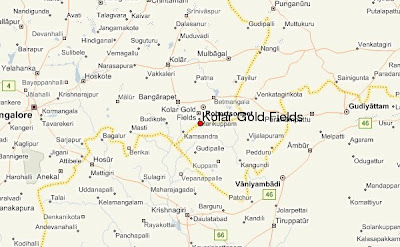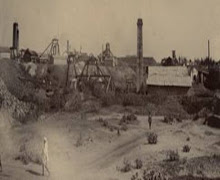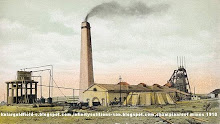




Why talents or still Hidden, There is no one to boost them?
This is about Mr. Balakrishna who is son of Mr. kasi, Balakrishna working as web designer after he finished his B.E.
He has invented an automatic combating Robot for defence purpose.
The robot performance several tasks, like border patrolling etc, dispensing with manual intervention.
He titled it as Intelligent Boy One (IB1). He has written about this to our honorable former president Dr. A.P.J. Abdul Kalam and he got replay from him and he his now a member of National Innovation Originations now it registered in NIO.
He has also invented Electronic chopper and automatic speed controller which are also registered.
The above photographs are the paper cuttings Dhina sudar, Dhina mani and Indian Express.
By
Santhosh P Kumar
This is about Mr. Balakrishna who is son of Mr. kasi, Balakrishna working as web designer after he finished his B.E.
He has invented an automatic combating Robot for defence purpose.
The robot performance several tasks, like border patrolling etc, dispensing with manual intervention.
He titled it as Intelligent Boy One (IB1). He has written about this to our honorable former president Dr. A.P.J. Abdul Kalam and he got replay from him and he his now a member of National Innovation Originations now it registered in NIO.
He has also invented Electronic chopper and automatic speed controller which are also registered.
The above photographs are the paper cuttings Dhina sudar, Dhina mani and Indian Express.
By
Santhosh P Kumar

































































